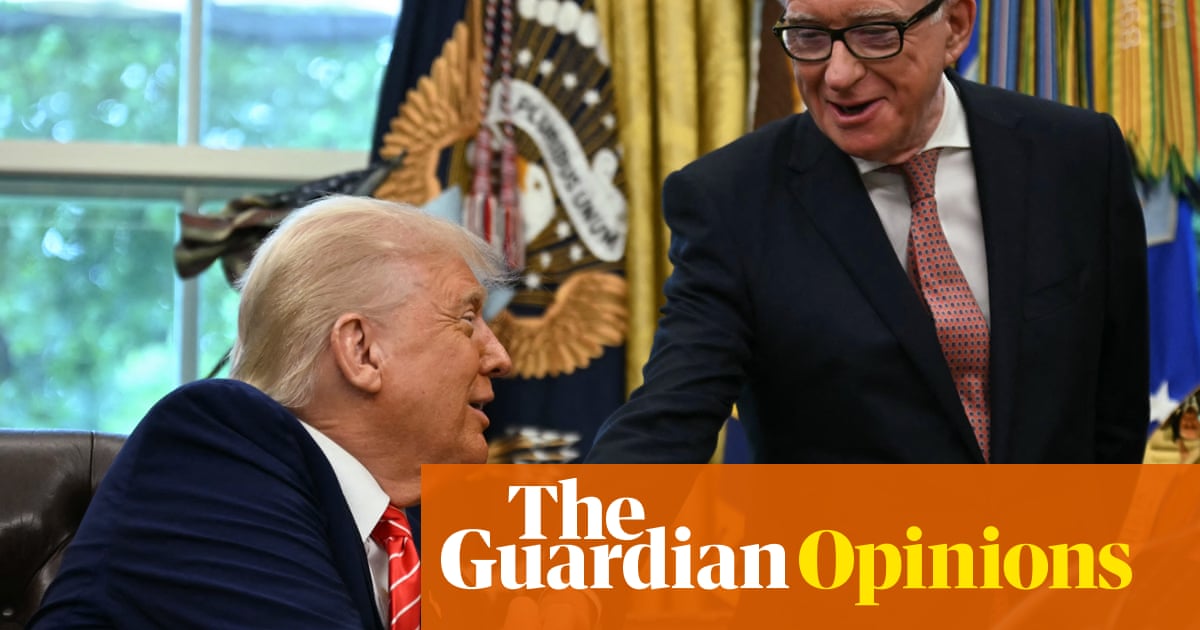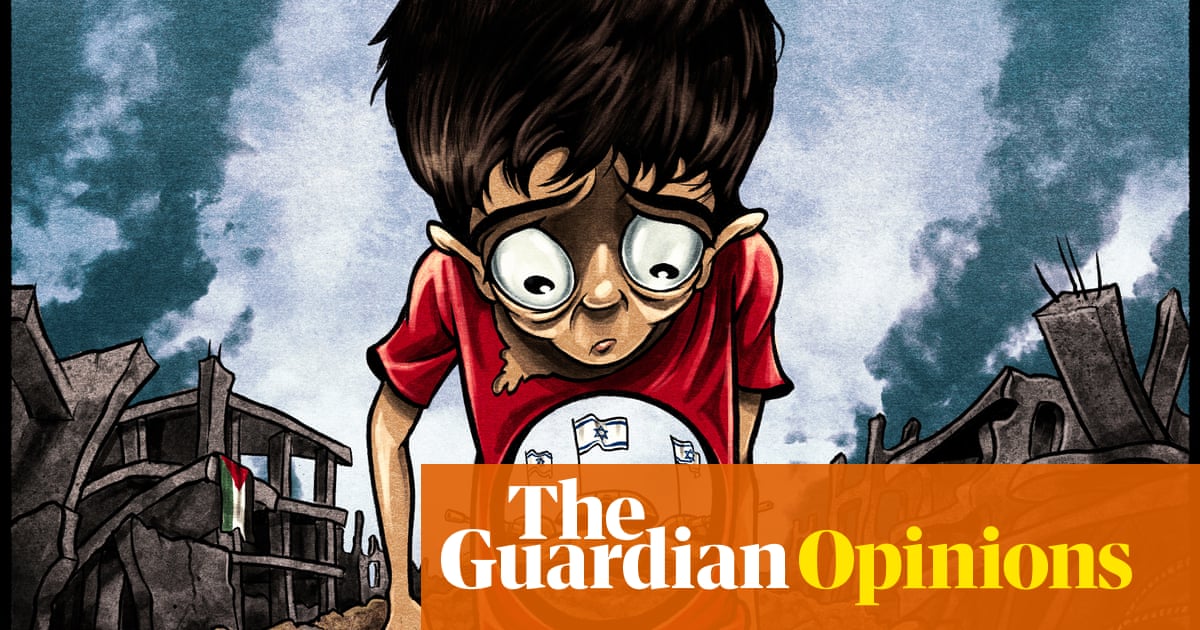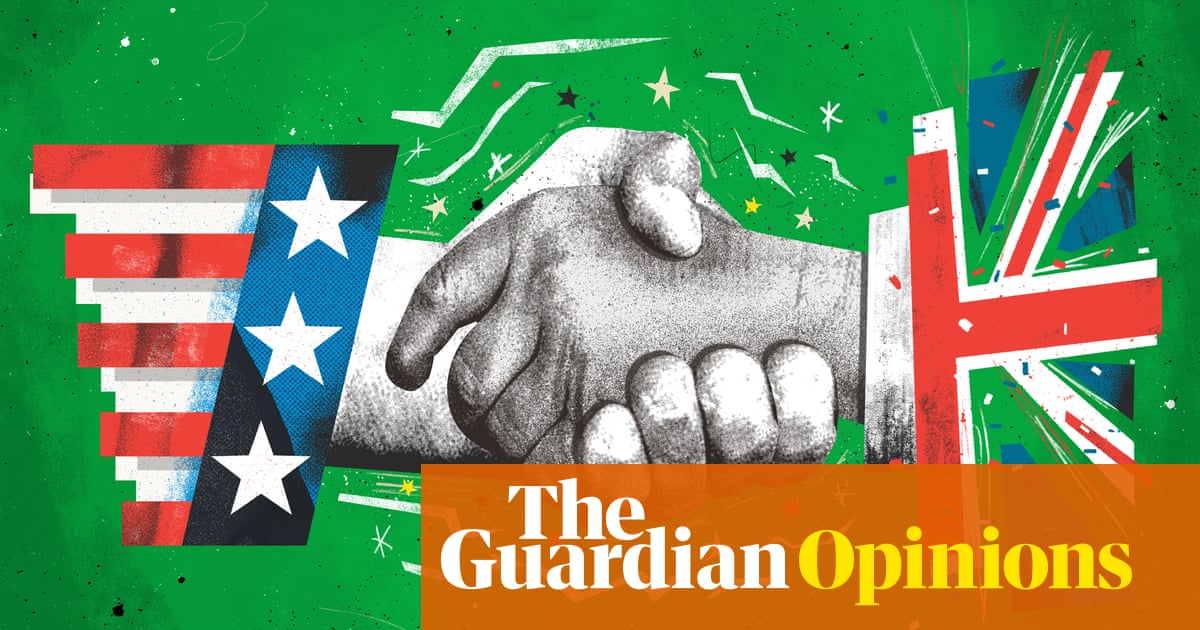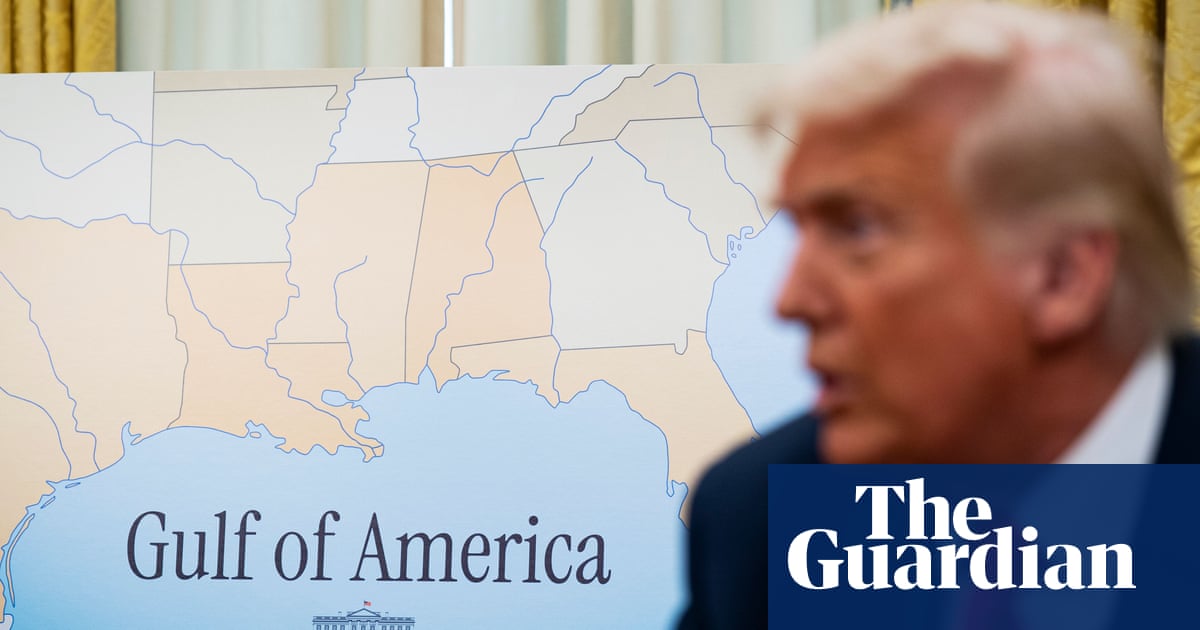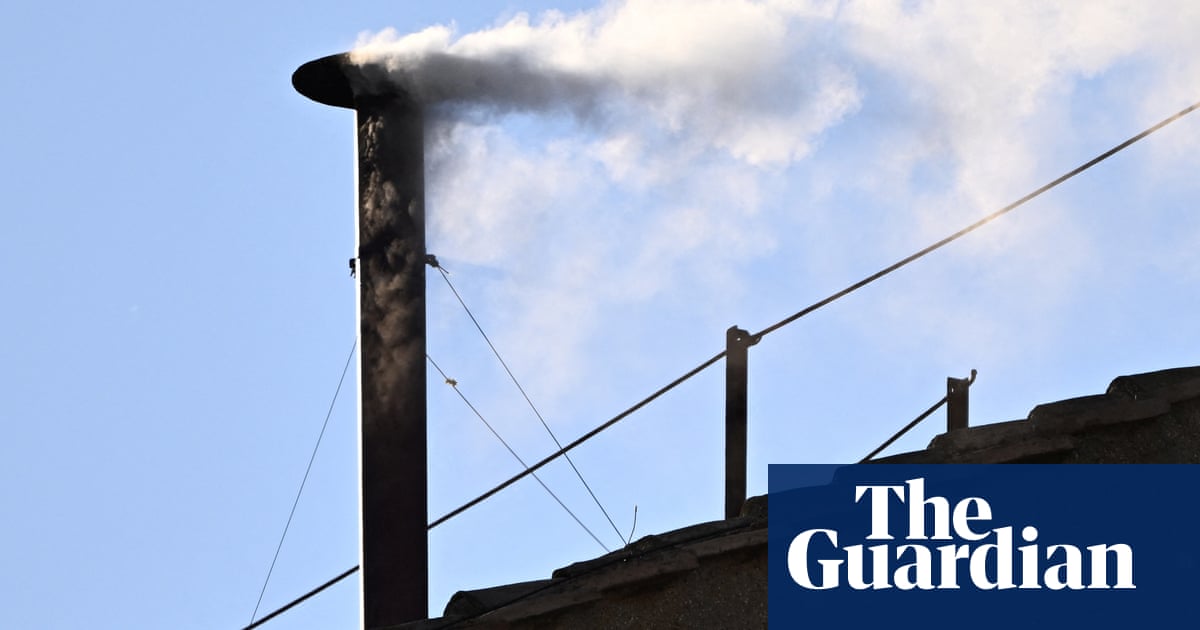The familiarity of military confrontation between India and Pakistan is no cause for reassurance: this is the worst violence in years. Though neither wants full-blown conflict, the dispute over Kashmir has produced three wars and multiple crises over eight decades. When two nuclear-armed neighbours clash, we should worry.
One reason is that errors and misjudgments are always possible. Following its overnight strikes on Pakistan, which it accuses of involvement in the massacre of Hindu tourists in Indian-administered Kashmir last month, India said that it hit only terrorist infrastructure and that its actions were “not escalatory”. This is not a judgment that can be made unilaterally. Pakistan said India was “igniting an inferno” and that its military is authorised to take corresponding actions.
The second cause for concern is the shifting context of the hostility. In India, Narendra Modi’s success is built on his identity as a Hindu nationalist strongman. He is also under intense pressure because he had declared unequivocally that Kashmir had returned to normalcy and would be not only “terror-free but [also] a heaven for tourists”.
In Pakistan, where the military pulls the strings, the parlous state of the economy is only one cause of the generals’ unpopularity. Last month, the army chief, Asim Munir, stirred controversy by calling Kashmir Pakistan’s “jugular vein” – a loaded phrase echoing the description of its founder, Muhammad Ali Jinnah. That rhetoric angered India even before the Kashmir attack that came five days later.
The massacre was claimed by the Resistance Front, regarded by India as a proxy of the Pakistan-based Lashkar-e-Taiba. Islamabad denies any link, but the military’s connections with militant groups are opaque. India is becoming increasingly blunt about attributing blame.
In the past, the US has pushed the two sides to de-escalate. But the Trump administration has little attention to spare and less diplomatic capacity. It does not have an ambassador in New Delhi. Its relations with Pakistan are at a low. Europe is preoccupied by Ukraine, security and US tariffs. Beijing should press Pakistan to keep a cool head.
Pakistan’s response to the strikes may soon be clearer. In the last crisis, in 2019, the two sides quietly stepped back from the brink. India can say it has struck; Pakistan says that it downed Indian jets (Indian officials have reportedly confirmed losing aircraft). Such an outcome would be a relief for civilians along the line of control – the de facto border – who are once more paying for decisions made far away as heavy artillery fire continues. But it might be only a temporary reprieve, and not for all. India’s announcement that it was suspending the Indus waters treaty – which might ultimately allow it to turn off the tap – is less dramatic than firing missiles, but could prove devastating for farmers in Pakistan.
Last year, Mr Modi promised to restore the special status of Jammu and Kashmir, which his government wrongly demoted to centrally administered territories six years ago. He should do so. That decision, and the lockdown that followed, have fuelled anger and militancy. Pressure should be maintained on the Pakistani military over its dangerous accommodation of militants.
The scholar Sumit Ganguly notes in his book Deadly Impasse that the two nations have often shown striking strategic restraint, but also that the dispute remains “remarkably durable”. It would be complacent to count on calibration.

.png) 1 day ago
10
1 day ago
10

